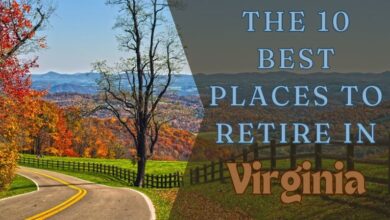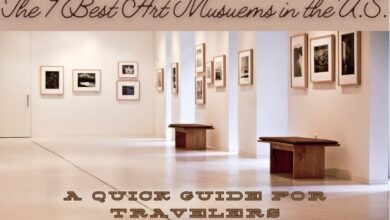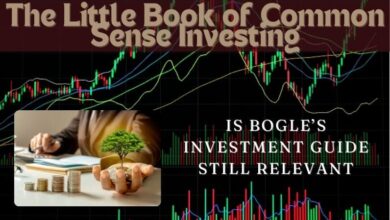Things to Do On a Visit to Cambridge, Massachusetts
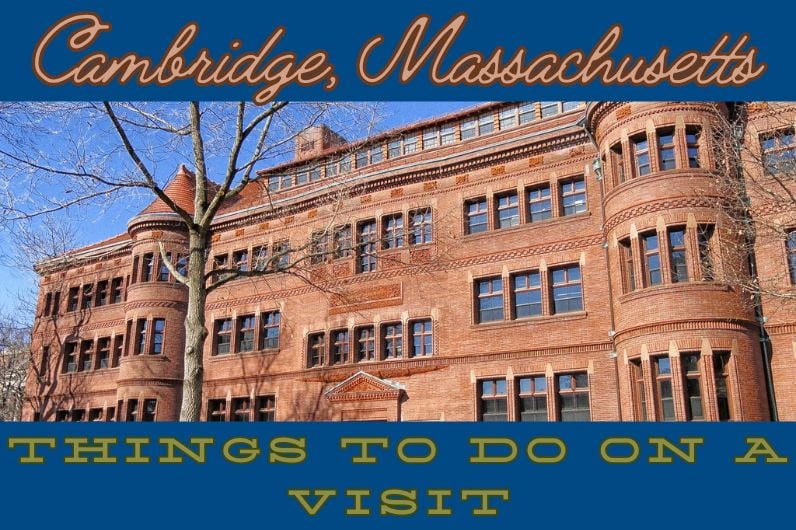
One of the brainiest places in the world is Cambridge, Massachusetts, across the Charles River from Boston. Cambridge is technically a separate and distinct city from Boston. Settlers arrived in the area in 1630, and the first houses were built in 1631. Massachusetts acquired the land in 1639. Since then, Cambridge has remained independent of Boston, although it is considered part of the Boston metro area. Cambridge, Mass., is worth a visit because of its vibe, universities, and museums. It’s easy to spend 48 hours visiting Cambridge, Massachusetts, seeking a quick weekend getaway, traveling for a conference, or visiting universities with high schoolers because there are plenty of things to do.
Affiliate
Stock Rover is an award winning investment research platform.
- The site has 8,500+ stocks, 4,000 ETFs, and 40,000 mutual funds.
- Access to 650+ metrics, financial data, market news, stock and fund ratings, fair value, margin of safety, etc.
- Includes brokerage integration, portfolio tracking, rebalancing, watchlists, alerts, future income forecasts, etc.
Click here to try Stock Rover for free (14-day free trial).
Cambridge is unique because it is home to Harvard University and the Massachusetts Institute of Technology (MIT). Both are amongst the most prestigious universities in the world. Furthermore, Harvard College, the undergraduate school, is the oldest college in the US. Their long history and academic leadership have resulted in many cultural places to visit.
Harvard’s age and status as one of the nation’s preeminent universities make it a unique place to visit. Start your mornings at Harvard Square with coffee and breakfast at one of the several coffee shops. If you are not staying in Cambridge, take the red line subway to Harvard Square. Alternatively, you can drive or walk over the Longfellow Bridge.
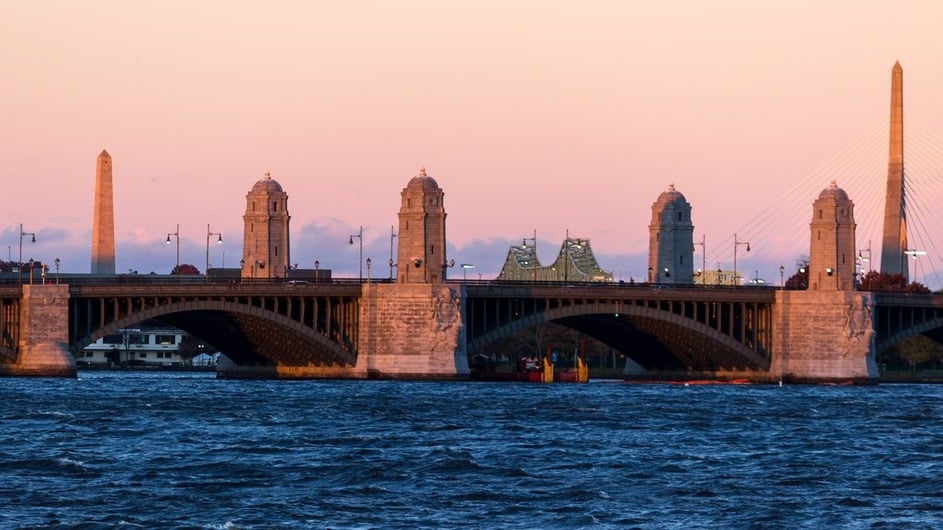
Harvard Square
Harvard Square is a fun place to start and the first thing to do your first day visiting Cambridge, Massachusetts, with the coffee shops, restaurants, and stores. The Square is typically full of students, tourists, chess players, and musicians. Harvard Yard is right next to the Square. The Harvard Art Museums and other museums are only a short walk.
After touring Harvard return to Harvard Square and grab a coffee or drink. For coffee, Peet’s is nearby. For other beverage choices, Grendel’s Den is in Harvard Square. Another option is Shay’s Pub & Wine Bar, a short walk away. It has free Wi-Fi and indoor and outdoor seating. It’s a great place in the afternoons or evenings, full of students, faculty, and tourists relaxing and talking.
Another place we liked for homemade ice cream was J.P. Licks, a short walk from the Harvard Bookstore and Grolier’s Poetry Book Shop. Both are unique stores with long histories.
Harvard Art Museums
Art lovers should spend time in Harvard’s three important art museums: the Fogg Museum, the Busch-Reisinger Museum, and the Arthur M. Sackler Museum. They are some of the top museums in Boston. The museums are housed in a renovated building designed by the Italian architect Renzo Piano. Today, the three museums hold around 250,000 pieces from all periods and worldwide.
If you are going to visit Cambridge, Mass., for 48 hours or less, the best option is to pick one museum or a specific collection to view and return. The Harvard Art Museums are free for students, children under 18, Cambridge residents, and Harvard ID holders. They are also free on Sundays. Otherwise, adults must pay $20, and seniors pay $18.
The Fogg Museum was founded in 1896 and is known for its Italian Renaissance, British Pre-Raphaelite, 19th-century French art, and American paintings. In addition, the Fogg includes objects from Botticelli, Rembrandt, Poussin, Whistler, Sargent, etc.
The Busch-Reisinger Museum was founded in 1901 and is the only museum in North America focusing on Germanic art. It holds one of the largest Bauhaus collections. In addition, the Busch-Reisinger is known for its Austrian Secession art, German abstract and expression art, and late medieval sculpture.
The Arthur M. Sackler Museum was founded in 1985. It is known for its Asian art collection. The Arthur M. Sackler museum has the most extensive Chinese jade collection outside of China and displays other art from China, Japan, and Korea. The Museum also owns works from ancient Mediterranean, Byzantine, Islamic, and Indian cultures.
Other Harvard Museums
If art is not your choice Harvard has two other museums worth seeing: The Harvard Museum of Natural History and the Peabody Museum of Archeology and Etymology. The two museums are in the same building, and admission to one lets you visit both. So, if you are in Cambridge, Mass., for a short time, try visiting one and saving the rest for another visit.
The Harvard Museum of Natural History is the newest museum and most popular. It was founded in 1998 to display exhibits from three associated research museums. Approximately 250,000 people visit the museum annually to see its 16,000+ objects. The museum exhibits include dinosaur and whale skeletons, mounted animals from around the world, the Rockefeller Beetles, the Blaschka glass models of plants and sea creatures, etc.
The Peabody Museum is much older, established in 1866. It houses archeological and cultural pieces from around the world, but with strength in exhibits from the Americas.
Harvard Yard
Once you finish visiting a museum, walk around Harvard Yard, the heart of the University’s campus and arguably Cambridge, Massachusetts. You can take the free public tour given by Harvard students. The tour is roughly 45 to 50 minutes, and you must register in advance. There is a virtual option, too and a self-guided option using a mobile app.
Harvard Yard is the original part of the University. You should see the John Harvard statue, created by Daniel Chester French. He also created Abraham Lincoln’s statue in the Lincoln Memorial in Washington, DC, and the Minute Man statue in Concord, Mass.

You can stop by the Widener Library, the large building with 12 feet tall Corinthian pillars at the entrance. Harvard’s main library includes 3.5 million books on site and another three million offsite. The collection includes a Gutenberg Bible. The library offers tours on Thursdays.
Also, you can walk by Massachusetts Hall, the second oldest academic building in the US.
Adjacent to Harvard Yard is Memorial Hall. The building was completed in 1878 and looked like a Gothic church, and has a National Historic Landmark designation. The Hall’s stained-glass windows are worth seeing.
Another attractive building is the Class of 1959 Chapel, a part of the Harvard Business School (HBS). It is across the Charles River, a 20-minute walk from Harvard Square. The building is clad in greenish, oxidized copper and contains an indoor garden with a Koi pond.
Longfellow House
Had enough of Harvard, make your way over to Longfellow House, the home of the great American poet Henry Wadsworth Longfellow. The building also served as George Washington’s headquarters during the Siege of Boston in the American Revolutionary War. The Longfellow House now has a National Historic Landmark designation.

MIT Museum
If you are in Cambridge, Mass., the other University to visit is MIT. Harvard does not have a lock on museums. MIT’s museum is known for its collection of marine technology archives, architecture, photography, science, and technology. The museum is free for the MIT community and Cambridge residents. The regular admission fee is between $10 and $18.
MIT Architecture
MIT is known for its architecture. The School of Architecture was the first in the United States. You can take a walking tour of MIT’s significant buildings, including the Great Dome, the Stata Center, the MIT chapel, the Infinite Corridor, and the Green Building.
The Great Dome with its massive Corinthian columns is easily one of the most identifiable buildings at MIT. The Dome houses MIT’s engineering library.

The Stata Center was designed by the famed architect Frank Gehry. The building has numerous angles, bright colors, and lots of steel and bricks. MIT’s Computer Science & Artificial Intelligence Laboratory (CSAIL) calls the Stata Center home.

Another famous building is the Green Building, designed by I.M. Pei. It was the tallest building in Cambridge, Mass., for many years. The Green Building is home to the Pumpkin Drop and the Green Building Challenge. Outside is the steel sculpture La Grande Voile (The Big Sail) by Alexander Calder. Inside is the 5,500 square-foot mural Bars of Color Within Squares designed by Sol Witt.
The Finnish architect Eero Saarinen designed the MIT chapel. The chapel is a cylindrical building without windows. Instead, a dome reflects lights from a sculpture by Harry Bertoia onto wavy, undulating walls. The MIT Chapel also houses a 1300-pound bell and a 768-pipe organ.
Lastly, walk down the 823-feet long Infinite Corridor. It is considered the spine of MIT and connects many major buildings along an east-west route.
Museum of Science
Separate from Harvard or MIT is the Museum of Science. This museum is newer and more modern. It includes interactive exhibits, an IMAX theater, live presentations, and a planetarium. The prices are between $24 and $29 per ticket and added cost for shows and films.
Head of the Charles Regatta
Lastly, if you are traveling to visit Cambridge, Massachusetts, in late October the Head of the Charles Regatta is a must on your list of things to do. The Regatta started in 1965 and has grown into the largest regatta in the world. Athletes from around the world compete in rowing.
Places to Eat
If you are seeking places to eat after sight seeing in Cambridge, Mass., try Posto in Somerville. Somerville is a separate city adjacent to Cambridge. Posto is a hotspot, and even a Tuesday was packed. We loved the appetizers. Try the burrata, which literally melts in your mouth. Other excellent choices are the bruschetta, brussels sprouts, meatballs, and calamari. For the main meals, we stuck to pizza.
The area around Posto is trendy, with many restaurants. Other promising options include The Painted Burro, Rosebud, Dakzen, and Out of the Blue.
If you prefer to dine in Cambridge, try Alive and Kicking Louie’s Lobsters for lunch. It’s the proverbial shack with wooden picnic tables and a port o’ john, but the lobster and seafood are excellent and fresh. For dinner, try the Dumpling House for solid and authentic Chinese food. It is crowded essentially every night.
Places to Stay
Cambridge, Mass., is an expensive locale. The lowest cost options for hotels are usually business travel hotels, like the Courtyard Marriott Boston Cambridge. It is located near both Harvard University and MIT. Moreover, it is right on the Charles River, making it easy to take a lovely morning run along the river’s adjacent paths and trails.
Getting to Cambridge, Mass.
Boston Logan airport is the closest airport. Delta Airlines, JetBlue, and American Airlines are the main ones flying to Boston Logan. Logan is a relatively update to date airport with nice airport lounges and a Legal Seafoods near the United Airlines gates. You can drive or take Amtrak too.
Spend Time in Cambridge, Massachusetts, and Enjoy the Sites and Things to Do
Most people do not consider spending time to visit Cambridge, Massachusetts, but there many thing to see and do on a weekend or a day trip. It is home to two of the world’s top universities, resulting in many museums and historic sites. Boston is a short flight or car ride from many places along the east coast and Mid-West. It’s simple to take an Uber or Lyft to Cambridge or one of the adjacent cities and spend 48 hours.
Related Articles on Dividend Power
Here are my recommendations:
Affiliates
- Simply Investing Report & Analysis Platform or the Course can teach you how to invest in stocks. Try it free for 14 days.
- Sure Dividend Newsletter is an excellent resource for DIY dividend growth investors and retirees. Try it free for 7 days.
- Stock Rover is the leading investment research platform with all the fundamental metrics, screens, and analysis tools you need. Try it free for 14 days.
- Portfolio Insight is the newest and most complete portfolio management tool with built-in stock screeners. Try it free for 14 days.
Receive a free e-book, “Become a Better Investor: 5 Fundamental Metrics to Know!” Join thousands of other readers !
*This post contains affiliate links meaning that I earn a commission for any purchases that you make at the Affiliates website through these links. This will not incur additional costs for you. Please read my disclosure for more information.
Prakash Kolli
Prakash Kolli is the founder of the Dividend Power site. He is a self-taught investor, analyst, and writer on dividend growth stocks and financial independence. His writings can be found on Seeking Alpha, InvestorPlace, Business Insider, Nasdaq, TalkMarkets, ValueWalk, The Money Show, Forbes, Yahoo Finance, and leading financial sites. In addition, he is part of the Portfolio Insight and Sure Dividend teams. He was recently in the top 1.0% and 100 (73 out of over 13,450) financial bloggers, as tracked by TipRanks (an independent analyst tracking site) for his articles on Seeking Alpha.
